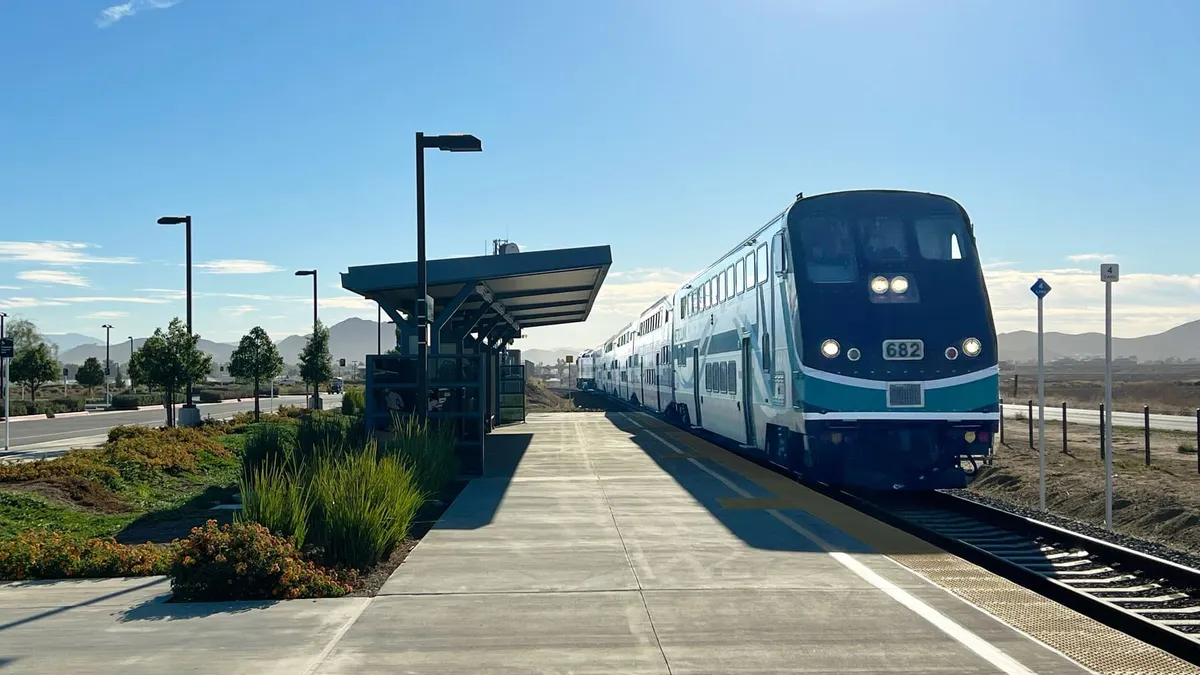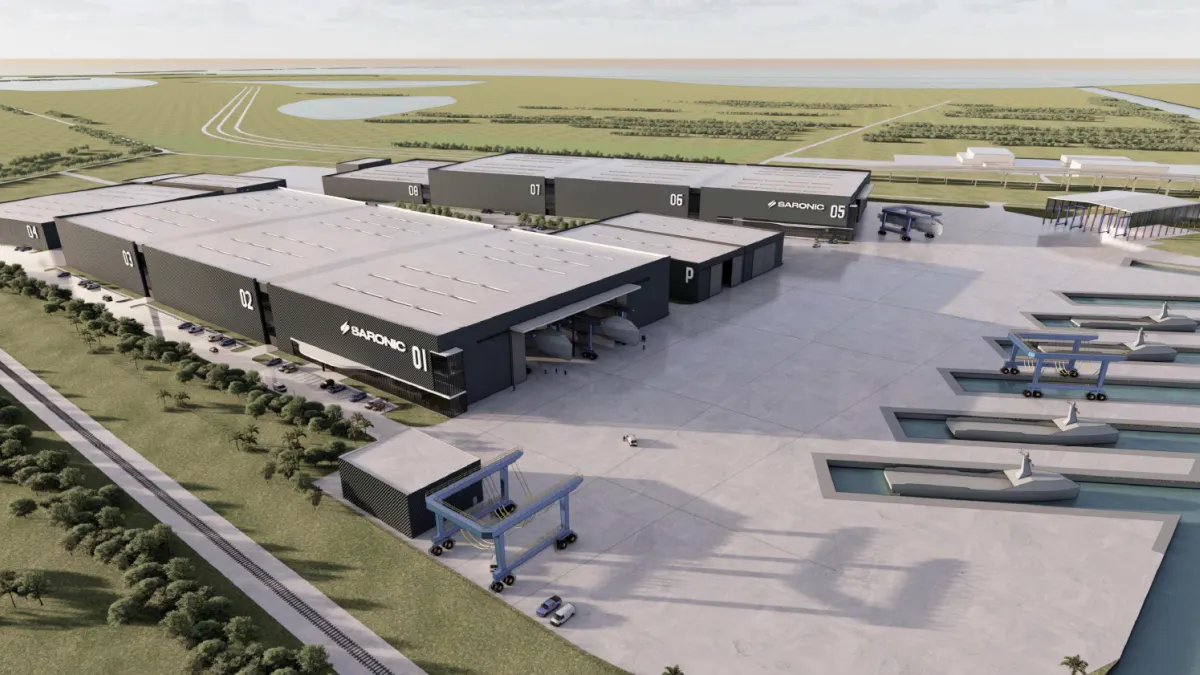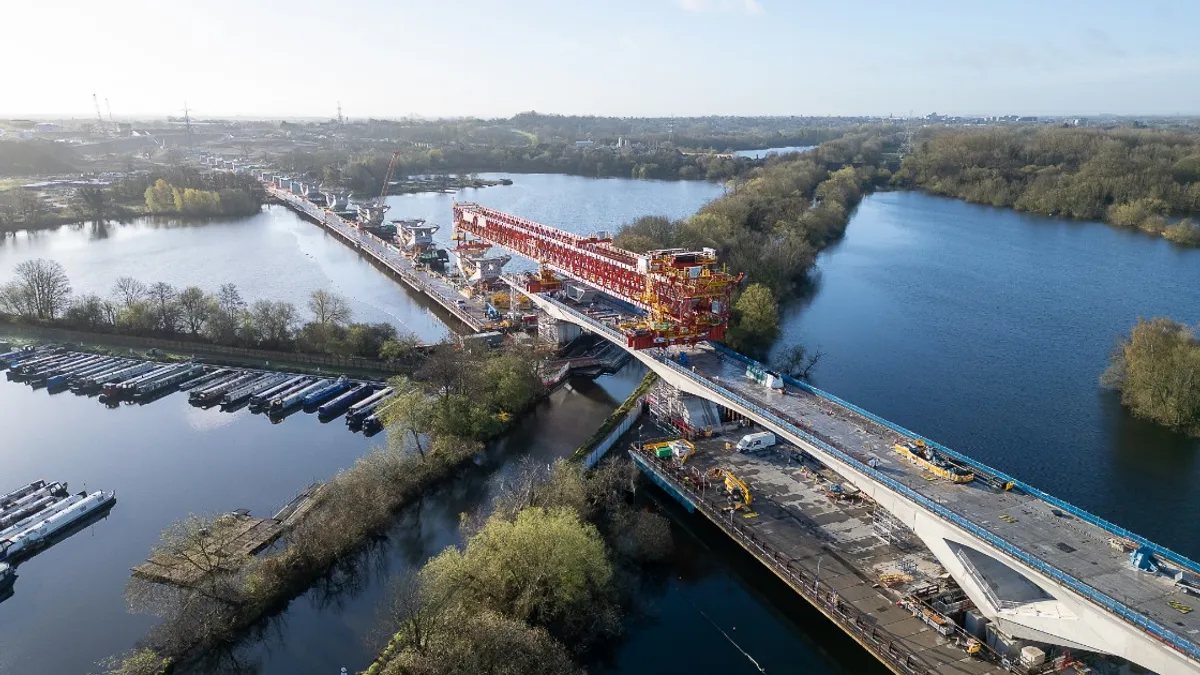The U.S. construction industry has largely been riding high since Donald Trump was elected as president. With his development experience and promises to boost infrastructure spending and slash regulations, Trump has brought a wave of optimism for a coming boom in construction business.
During the Associated General Contractors of America Convention, held in Las Vegas this week, AGC officials noted that despite the potential carried by Trump's promises, the devil is in the details — and details about plans and programs is one area where Trump has been lacking.
According to AGC Chief Economist Ken Simonson, Trump's next moves control a number of factors that could influence his own predictions for the construction market in the coming years, leading to what he calls a "squishy" forecast.
AGC executives pointed to the following three areas as key issues affecting contractors and the overall construction market outlook going forward.
Immigration policy
Simonson said the new administration's approach to immigration could have a significant impact on his forecast for growth in the construction industry. While he is currently predicting 2% to 7% growth in overall construction spending in 2017, Simonson noted that a dip in population could alter that positive forecast.
Trump has made strict immigration policy a cornerstone of his administration, vowing to ramp up the enforcement of current laws and the deportation of undocumented immigrants. The U.S.–Mexico border wall also sends the message that the U.S. isn't open to newcomers, according to Simonson.
As a severe labor shortage plagues the construction industry, restricting access to potential new employees could cripple building companies. "The only way to grow the labor force is with net immigration," Simonson said.
In addition to labor concerns, a significant reduction in the number of immigrants to the U.S. could curb construction in various sectors, as a smaller population means less demand for housing, stores, schools and education, according to Simonson.
Infrastructure plan uncertainty
Construction of a border wall, combined with Trump's ongoing calls for a boost in infrastructure spending, has shone a spotlight on the construction industry in recent months.
However, Congress has a busy agenda, with the repeal and replacement of the Affordable Care Act, the Supreme Court nominee approval process and broad tax reform all taking up a big chunk of Trump's first 100 days in office.
"Everything slows down at the Senate," said Jeff Shoaf, senior executive director of government affairs for the AGC. "The Supreme Court justice nominee ... can take a while. With those sorts of things out there, [the] Obamacare repeal, they want it rushed through so they can do the funding bills for the rest of 2017 and 2018. Infrastructure is probably the fourth of their top priorities. But it's No. 1 for us."
The AGC — and the industry in general — has been a proponent of using the strong national support for increased infrastructure funding to get a new spending program through Congress. Trump's $1 trillion plan, which has raised more questions than answers since it was first proposed, has struggled to get Republicans to rally around it, according to Shoaf.
"We think it can be a bridge builder for getting some of the bigger things done in the long term, but there’s not a lot of details of what is included in a trillion-dollar infrastructure package," he said.
With reports emerging that the Trump team might push off a major infrastructure measure until 2018, contractors are keeping an eye on what that kind of delay might mean for the bump in business that many expected after the election.
Rolling back regulations and tax reform
Trump's administration also marks a time of reduced government regulation, as former President Barack Obama issued a large number of regulations in his final years in office, according to Jimmy Christianson, regulatory counsel for the AGC. Now, the industry is hopeful that Trump will reduce the regulatory burden on private companies.
From the Labor Department's Fair Pay and Safe Workplaces Act to OSHA's silica standard to the agency's recordkeeping statute of limitations, industry groups have been quick to pounce on new regulations that are vulnerable to removal.
However, Simonson advised, "contractors should be cautious about expecting a lot of regulatory relief," as the process to remove regulations can be complex, and the administration has yet to reveal the other regulations it has its eye on.
Trump also campaigned on significant tax cuts, and he is expected to follow through on most of those promises. But along with a substantial reduction in taxes comes the likelihood that tax incentives for certain types of construction — such as wind and solar power — could be on the chopping block.
It remains to be seen whether the loss of these tax incentives will have a substantial impact on construction in those sectors. "To get lower rates, you’re going to have to get rid of some credits," Shoaf said.




















